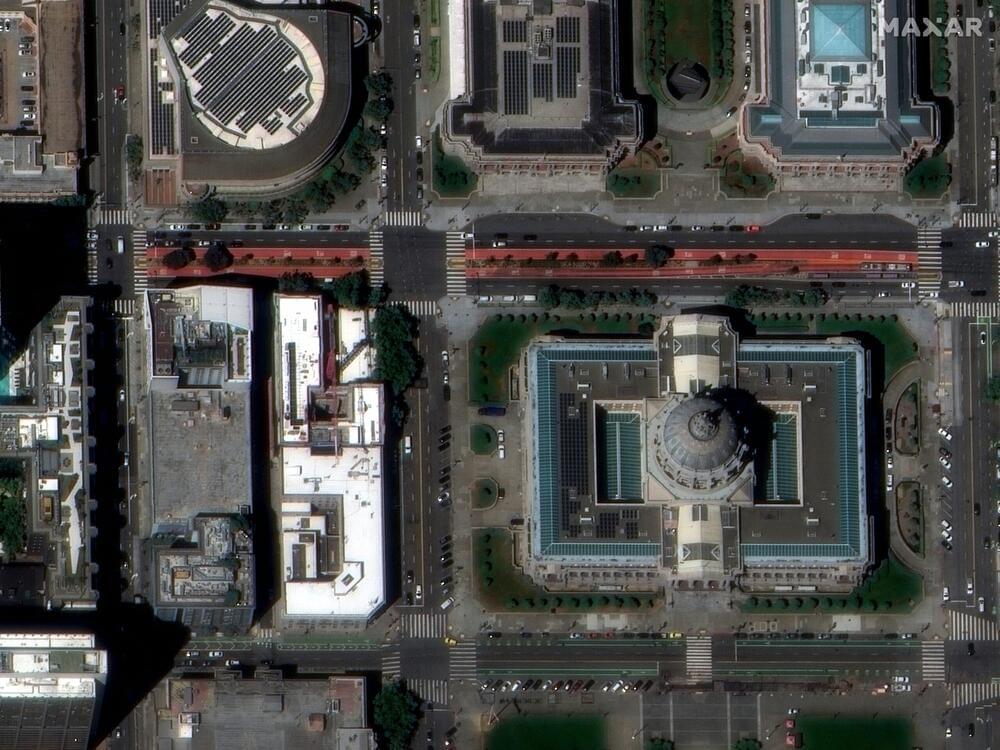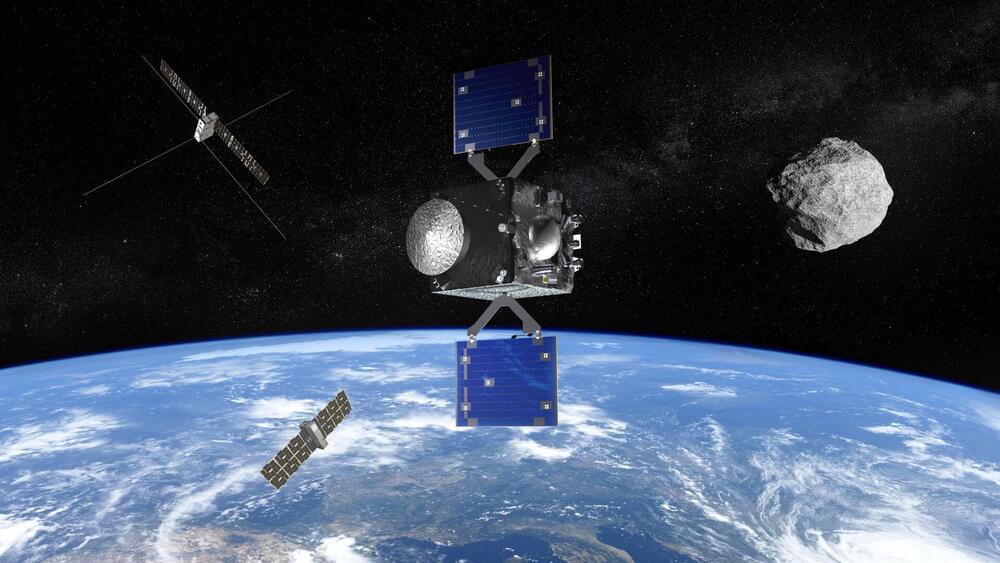We get healthy dietary fiber from consuming fruits, vegetables, and whole grains. But why is fiber so good for us? A team of researchers has discovered that dietary fiber plays a crucial role in determining the balance between the production of healthy and harmful substances by influencing the behavior of bacteria in the colon.
Dietary fiber benefits our health, and scientists from DTU National Food Institute and the Department of Nutrition, Exercise and Sports at the University of Copenhagen have now uncovered an essential part of why this is the case. Different types of bacteria inside our colon compete to utilize an essential amino acid called tryptophan. This competition may lead to either good or bad outcomes for our health.
The research, published in the journal Nature Microbiology, reveals that when we eat a lot of dietary fiber, gut bacteria help turn tryptophan into healthy substances. But if we don’t eat enough fiber, tryptophan can be converted into harmful compounds by our gut bacteria.






